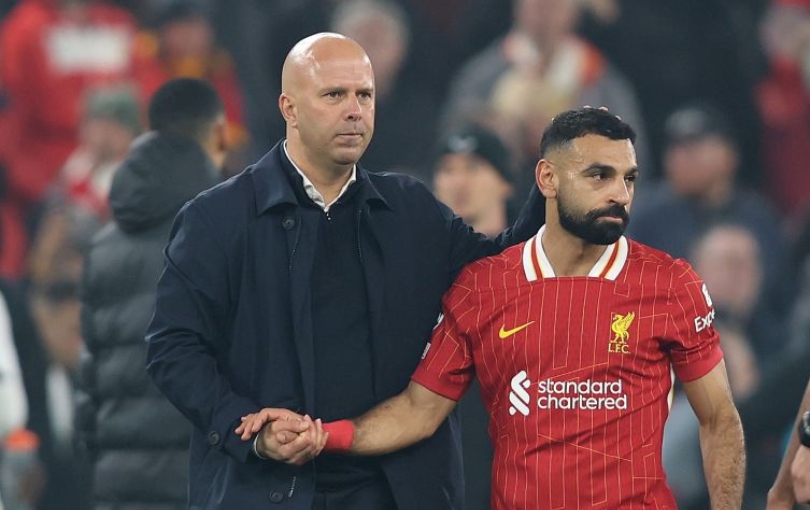Revealed: Klopp's transition is more important than the press
Maths professor David Sumpter pinpoints the difference between a Klopp team and a Rodgers team...
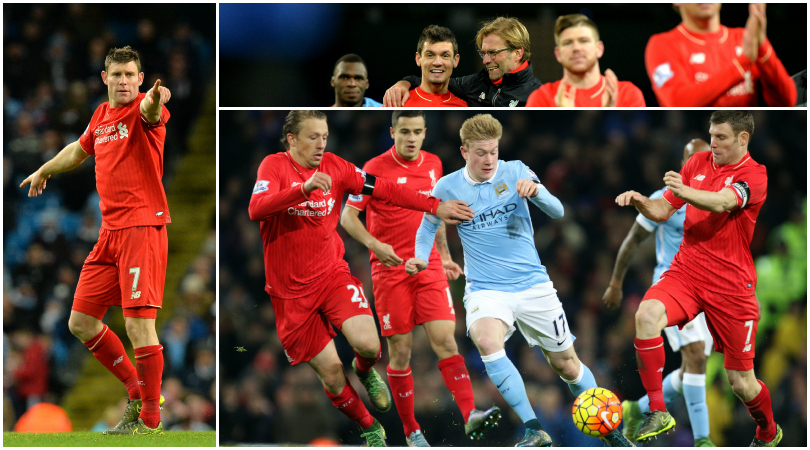
One of the most heralded aspects of Jürgen Klopp is his use of gegenpressing or 'counter pressing': the technique of pressing high up the field.
The idea is simple. As soon as the team loses the ball, it should get it back. And the further up the pitch and the quicker a team gets it back, the better they are at gegenpressing. It isn’t something that only one player can achieve. The whole team has to get stuck in and narrow down alternatives for the opposition.
Liverpool’s first goal against Manchester City at the weekend came in exactly this way. Philippe Coutinho took the ball from Bacary Sagna in City’s half and immediately started an attack. This was the start of what would become a "complete disaster" for Manuel Pellegrini’s team.
Defensive heat
Have Klopp’s Liverpool pressed more effectively than when Rodgers was in charge? Michael Cox has already started to look at the Reds' press, comparing the games against Everton and Chelsea. He found that Liverpool got the ball back from Chelsea (Klopp) further up the pitch than against Everton (Rodgers). Below is a heatmap of all the ball recoveries, successful tackles and interceptions made during the Chelsea match.
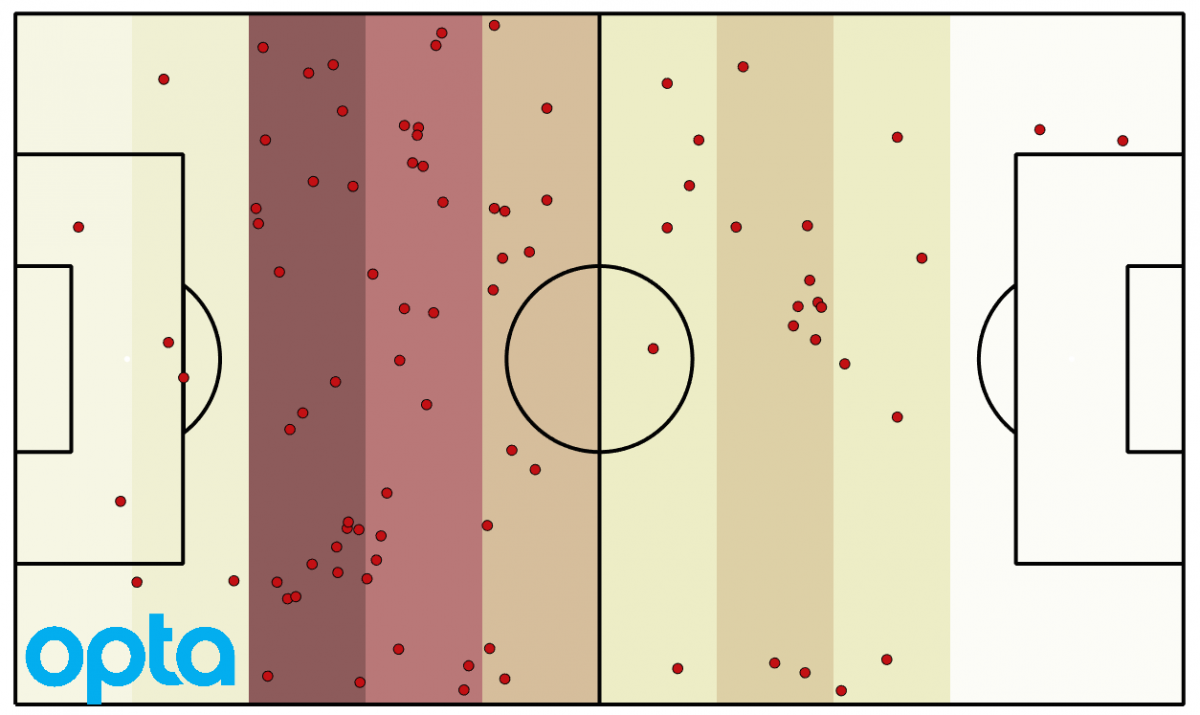
In the heatmap the pitch is split in to a sequence of strips, with Liverpool attacking left to right. The dots show the defensive events. The colour of each strip shows how many of these events happened in that strip. Most defending happens in Liverpool’s own half, but there is also a fair amount of heat up in Chelsea’s half of the pitch. As Cox points out, these changes of ball possession were further up the field than in Rodgers' last match in charge against Everton. In the derby, Liverpool’s defensive play was pushed back.
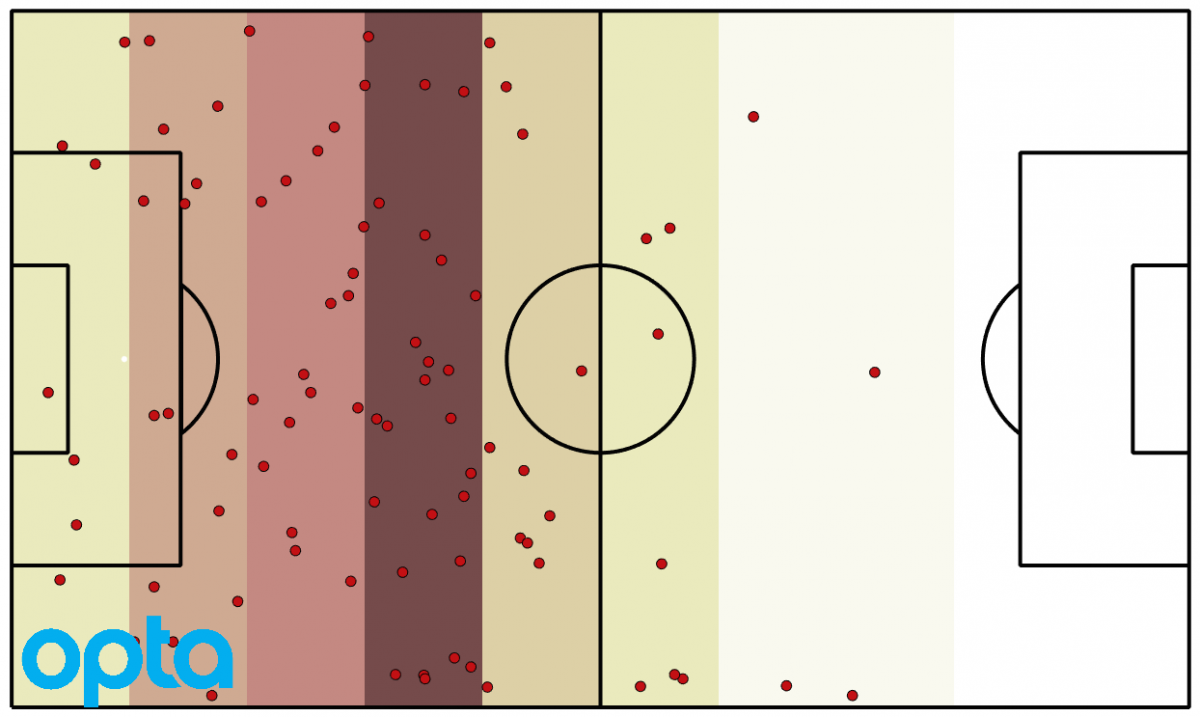
To do a statistical analysis of the tactical changes under Klopp, we need to look at a few more matches. So let’s compare Rodgers' last three league games (Norwich, Aston Villa, Everton) with Klopp’s first three (Spurs, Southampton, Chelsea). The opposition differed before and after Klopp, but the results were the same: two draws and one win in Rodgers' last matches; two draws and one win in Klopp’s first three.
Get FourFourTwo Newsletter
The best features, fun and footballing quizzes, straight to your inbox every week.
Six second rule
To measure true counter-press events, below we should focus on those ball recoveries, tackles and interceptions made within six seconds of Liverpool losing the ball. This follows what Pep Guardiola called the ‘six second rule’. Pep drilled his Barcelona team to get the ball back within six seconds, which he identified as a good rule of thumb for how long a team should counter-press before falling back. Below shows all the successful six-second defensive events during Klopp’s first three matches.
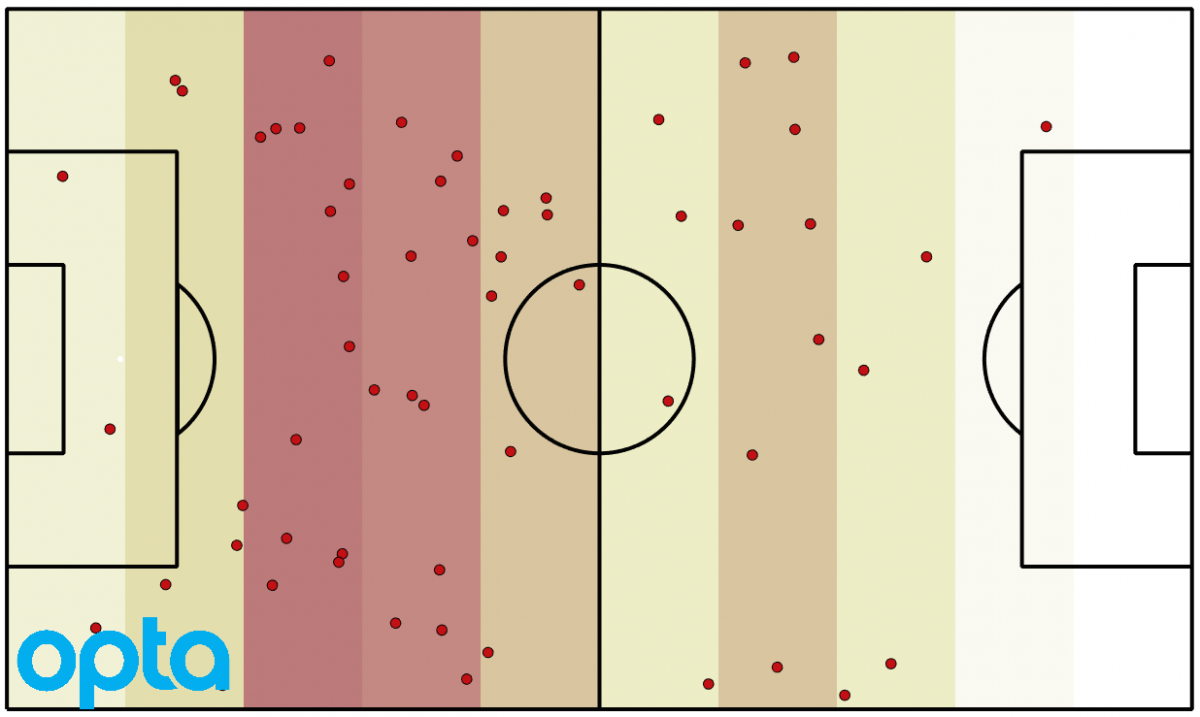
So far, so good. Klopp’s team has made 17 recoveries, tackles or interceptions in the opponent's half. But it turns out that Rodgers' Liverpool weren’t so different. Below is the six-second heat map for the Northern Irishman's last three games in charge of the Reds.
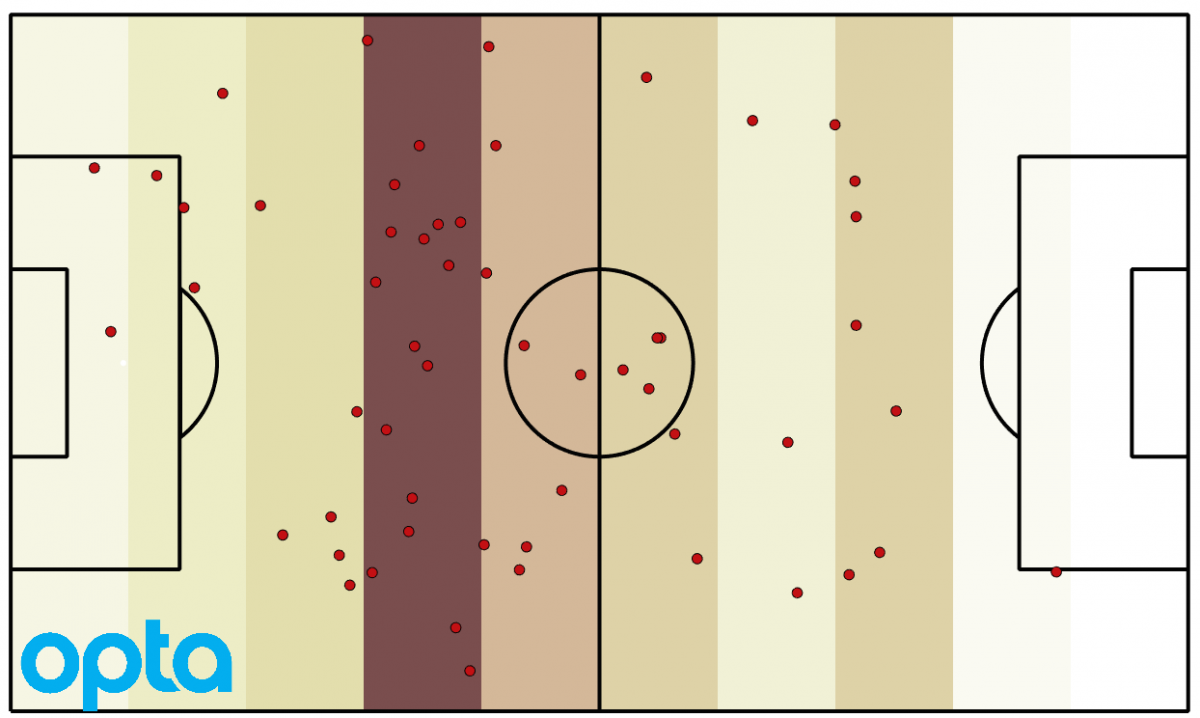
Rodgers' Liverpool had about the same number – in his case 18 – six-second defensive events in the opponents half. There are small differences between the two heatmaps, but nothing that stands out. The lack of a difference isn’t just because of using six seconds. Klopp and Rodgers' overall defensive statistics are about the same over these matches.
Transition to attack
Despite these statistical similarities, it was obvious from watching the four-goal trouncing of City that Klopp has changed Liverpool. But the Klopp-inspired improvement is not simply more intense pressing. Instead, it is the the all-important transition to attack once Liverpool have regained the ball. This was exactly what we saw at the Etihad. The first three goals were all created by rapid movement up the pitch. The Stats Zone plot below shows all the passes Liverpool made during the match.
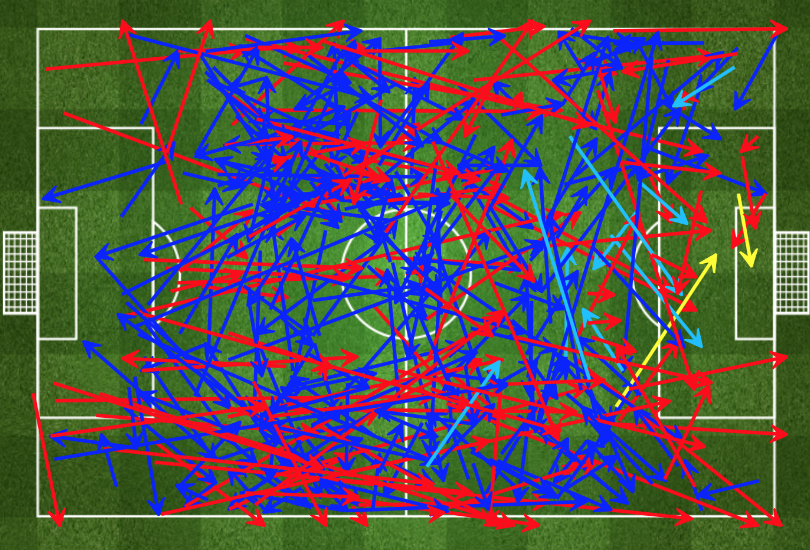
The important observation is the large number of red arrows in the plot, indicating unsuccessful passes. Of 385 passes made by Liverpool, 122 missed their mark. That is a pass success rate of 68.3%. To put this in context, it is a lower rate of success than in any Liverpool game, home or away, last season.
Under Rodgers, Liverpool’s lowest pass completion was 73.8% in a 2-0 victory away to Southampton. During the 2014/15 season they averaged 80.9% completion. While Rodgers valued safety, Klopp emphasises speed of transition, worrying less about mistakes.
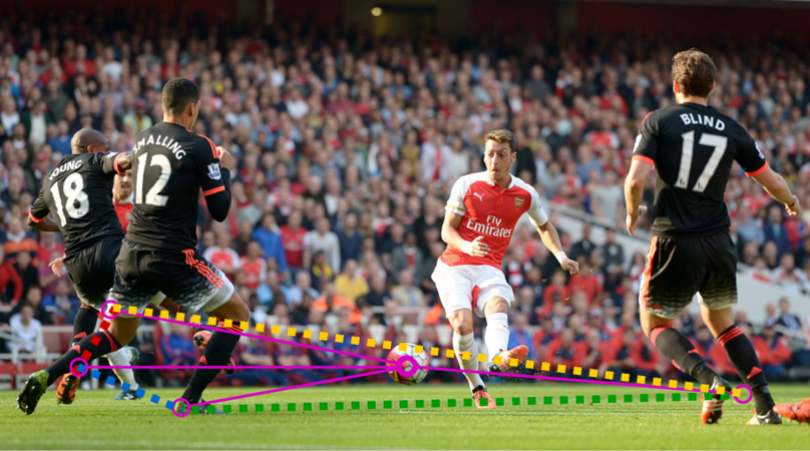
This is a real, statistically significant difference between Klopp and Rodgers. And it could be a sign of how Liverpool are going to play in other big games. Instead of fighting to possess the ball, they will be fighting to move it forward.
It is very likely that this combination of rapid press and attack will be the basis for Klopp’s style at Liverpool, and will produce a lot more of the exciting style of football we saw on Saturday.
- Look out for Professor David Sumpter's next Soccermatics analysis coming soon on FourFourTwo.com, where he'll dissect more team's passing and pressing patterns
